This month our blog is all about Sibling Rivalry. It’s a bit unusual because it features two sitcoms and two dramas. I thought it might be fun to start and end with the sitcoms, and today we are learning all about My Sister Sam.
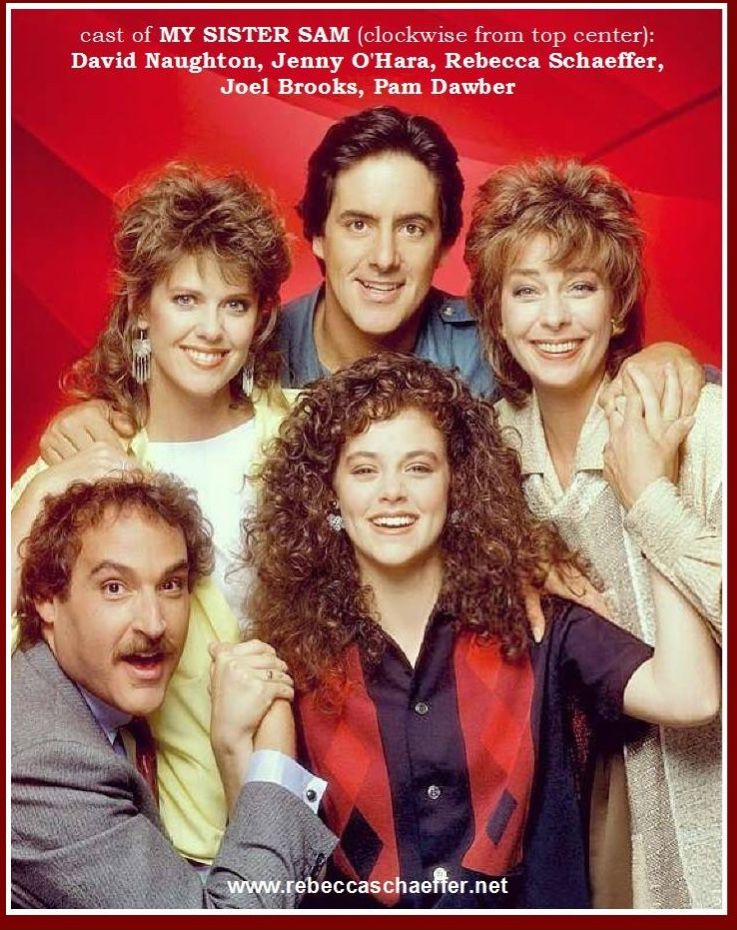
From 1986 to 1988, My Sister Sam aired on CBS. Samantha Russell (Pam Dawber) is a freelance photographer who lives in San Franciso. Her life is turned upside down when her 16-year-old sister Patti (Rebecca Schaeffer) shows up on her doorstep to live with her. They are 13 years apart in age, and Patti had been living with their aunt and uncle in Oregon since the death of their parents. In real life, Schaeffer grew up in Oregon.
The cast is rounded out by coworkers Jordan Lucas, Sam’s agent (Joel Brooks); her assistant Dixie (Jenny O’Hara); and neighbor/photojournalist Jack (David Naughton), who is a ladies’ man.
The sisters have great chemistry, but they have very different personalities. Sam is a bit uptight and alphabetizes her juices in the refrigerator. Patti is a Valley girl, very laid back and a wanna-be rock star who plays the guitar.
In a Chicago Tribune interview in 1987, Dawber gave her philosophy of the show: “I see Sam as a woman who’s successful, who has a beautiful apartment but who doesn’t have the answers. Plus, she has to cope with a teenager who’d put her sister on a pedestal—she moved in because she thought Sam’s life was perfect—but finds out that she’s pretty neurotic. I mean, here is a woman, for openers, who’s compulsively neat, who needs to have control in her life.”
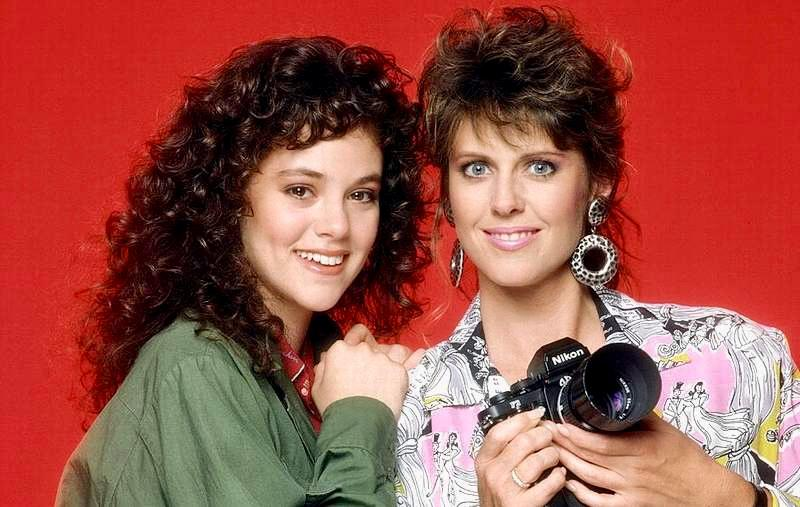
Their personal relationship mirrored their television one. Dawber said she considered Schaeffer a sister. She mentored her and even invited her to move into her home in LA where Dawber lived with Mark Harmon, her then-boyfriend, now husband. Dawber said that “We just kind of fell into this sisterly thing, . . . Cause I’d had a sister. My sister passed away when she was 22 and I was 25. And so having another young girl in the house was something I was very comfortable with. It was good for us.”
Pam Dawber’s production company, Pony Productions, developed the show created by Stephen Fischer. The screenplay was written by Fischer and Diane English. Dawber wanted to base her character a bit on Mindy from Mork and Mindy. She said that she was “not a comedian. I’m a reactor to all the zany people who revolve around me.” English and Mimi Weber took on the producer role, with the show filmed at The Burbank Studio. English would go on to write for Murphy Brown.
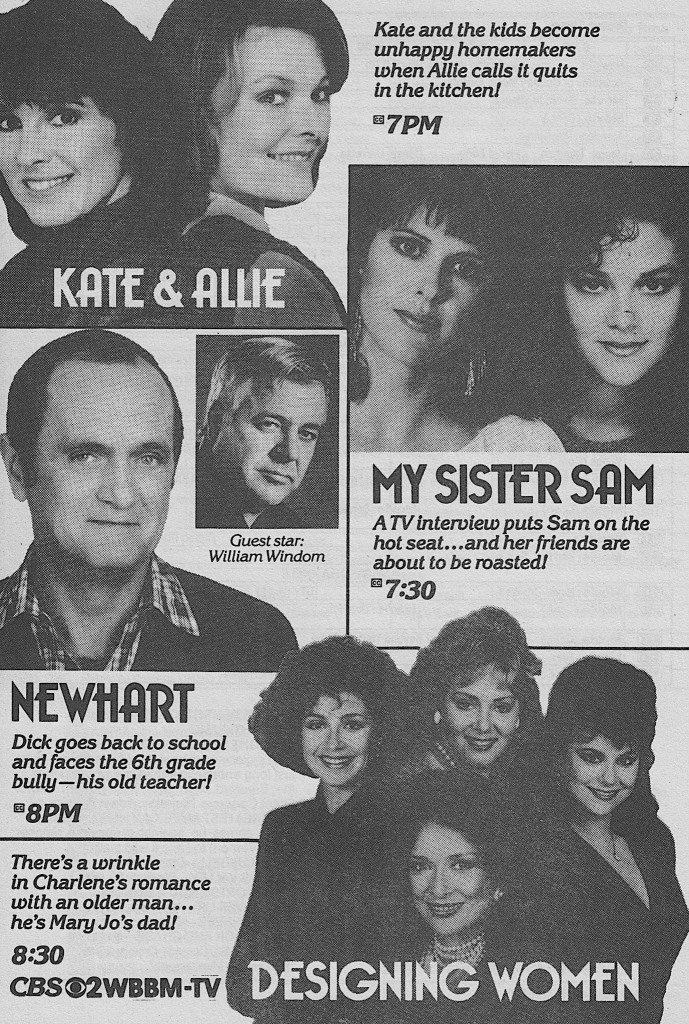
The theme song, which I admit I don’t remember, was called “Room Enough for Two,” and it was written by Steve Dorff and John Bettis. Kim Carnes, who had a hit with “Betty Davis Eyes,” sang the song. Dorff later was the composer for Murphy Brown and Murder She Wrote. Bettis worked on The Godfather, Part III and Star Trek V.
The show had a great time slot between Kate and Allie and Newhart on Monday nights. It ranked 21 overall. Of course, the networks rarely leave well enough alone, so they moved the show to Saturday nights opposite The Facts of Life. The end of the second season found the show down 50 points at 71overall. The network was toying with canceling the show, but after receiving a lot of fan letters, they brought it back in March of 1988. It moved to Tuesday nights and the ratings increased. However, the ratings did not stay that high, probably because the competition was Who’s the Boss and Matlock. In April, CBS canceled it outright, leaving 12 unaired episodes.
Sadly, a year after the show was canceled, Schaeffer was murdered in her home by an obsessed fan. After living with Pam, Schaeffer got her own place. She was living in West Hollywood when she was killed. Dawber said she told Schaeffer not to put her real name on her mailbox. Dawber had a scare with a stalker earlier in her career, and she learned not to put her real address on her driver’s license or anything that a fan could track you down with. Schaeffer didn’t listen and her name was on her mailbox.
The man who killed her, Robert Bardo, said he saw her in a promo in 1986 and began watching the show. He sent her fan letters. At one point, he flew from Arizona to LA to the studio to look for her. He took gifts to the studio several times, but studio security always stopped him. Bardo returned to Arizona. After the show was canceled, Schaeffer took on several movie roles which were very different from her role as Patti. One love scene enraged Bardo. Bardo was stopped from buying a gun due to mental health issues. He convinced his brother to buy him one for target practice. Then he boarded a bus to LA. He hired a private detective to find Schaeffer’s address; the detective located it through the Department of Motor Vehicles.
One morning Schaeffer was waiting for delivery of a script of The Godfather III for an audition with Francis Ford Coppola. Bardo rang her bell, and she answered thinking it was the delivery person. He introduced himself and told her she had sent him a card and photo after receiving fan mail. She explained she was busy that day, so he went to a local diner. He returned to her house, and she said he was wasting his time expecting any relationship with her. Then he shot her point blank. He got away and returned to Tucson but was apprehended a day later after running in and out of traffic, shouting that he was the one who killed Rebecca Schaeffer.
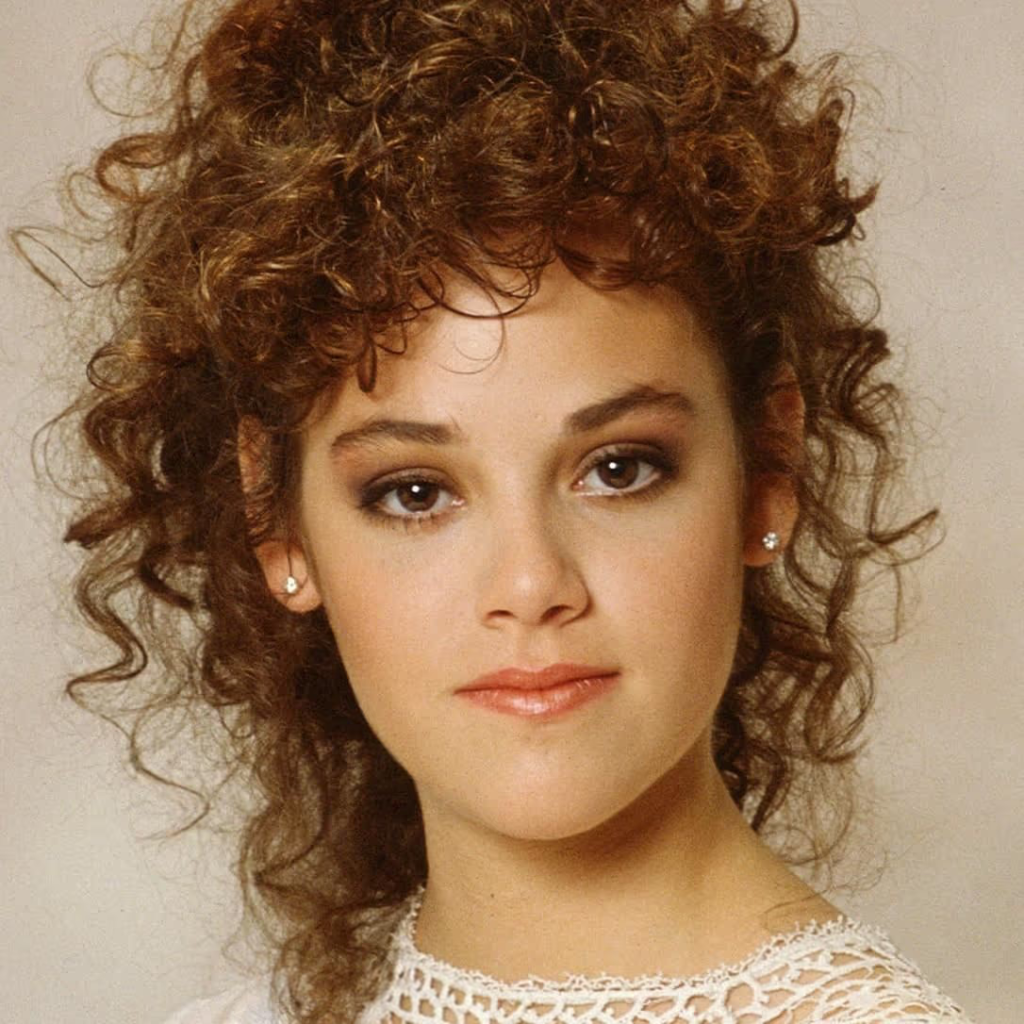
Dawber was filled with grief and anger. She reunited with the cast of My Sister Sam for a Public Service Announcement for gun control, and she testified before Congress for stricter gun laws. After Schaeffer’s death, California passed an anti-stalking law in 1990. Now all fifty states have one on the books. Bardo was sent to California where he was found guilty of first-degree murder. He was sentenced to life in prison without the possibility of parole.
My Sister Sam was a ground-breaking show having women in so many of the critical roles. During the Chicago Tribune interview, Dawber said that “the significant thing is that My Sister Sam is a show about women that is run by women. . . . Not only are three of our five regular cast members women, but we have a female executive producer, two writer-producers, and a director. It really wasn’t intentional. It just happened that way.”
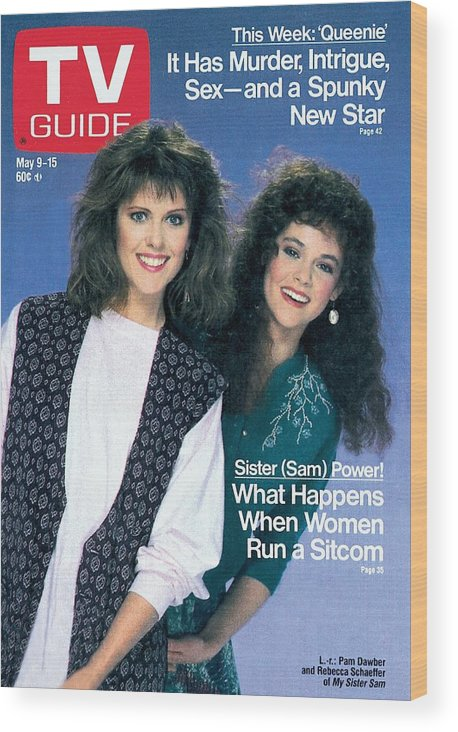
It would have been interesting to see how the show fared if it had kept its original time slot and the plots that would have been written as Patti became an adult. Did she begin to resemble her sister more or did she keep her carefree personality? And would her sister adopt some of her less serious traits? Almost every review I read about the show said it was genuinely funny, adorable, relatable, etc. With all the moving around the schedule and “is it on the air or not” decisions, only 44 episodes were created, so there aren’t enough for syndication or DVDs.
And of course, it’s devastating what happened to Rebecca Schaeffer. She was a rising star, and you have to wonder what type of career she would have had if she had lived more than 22 years. Dawber had to experience the death of another sister much too young to die. I’m glad a lot of laws came out of the experience, but it was such a brutal murder. Now, 35 years later, our country is still dealing with devastating murders because not enough laws have been created.